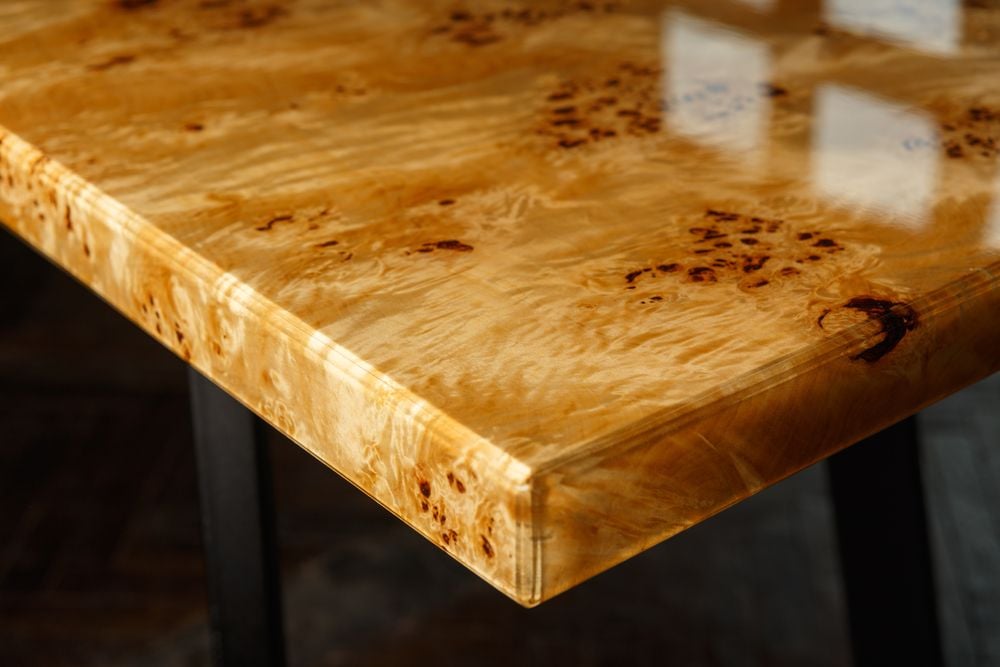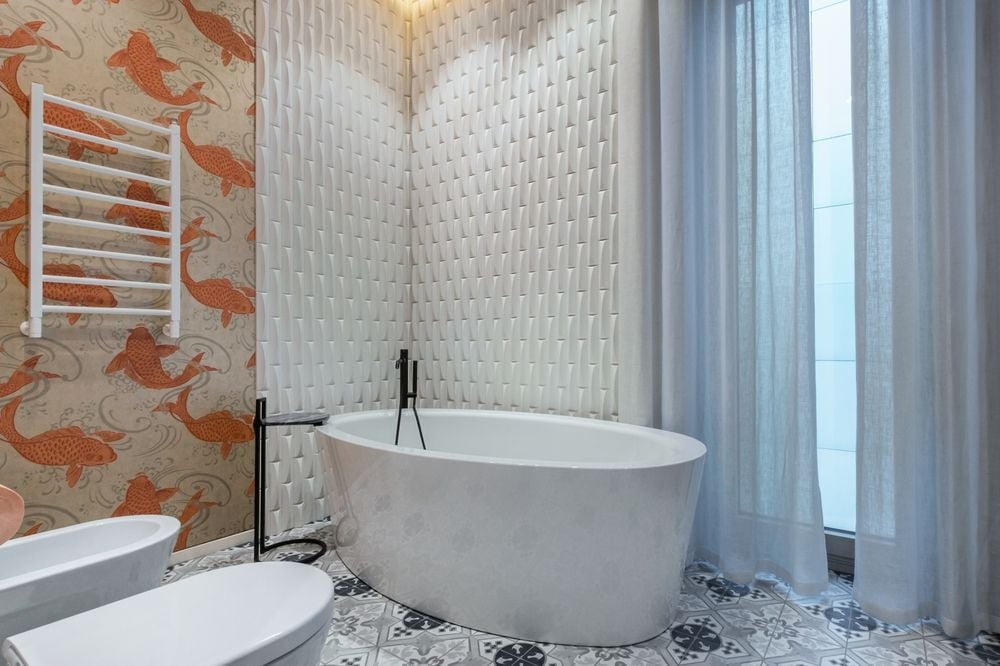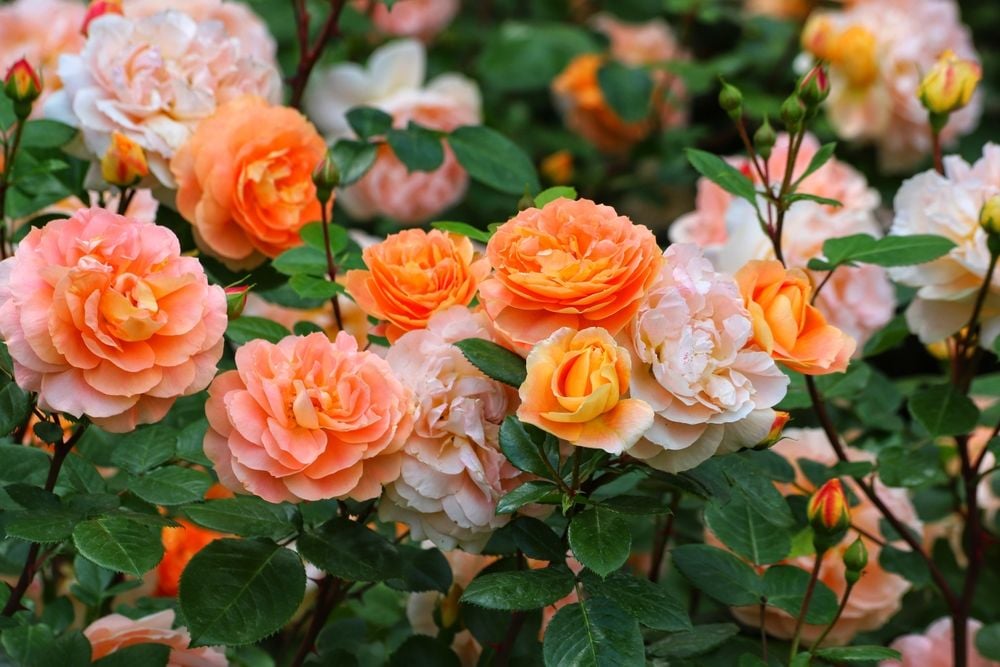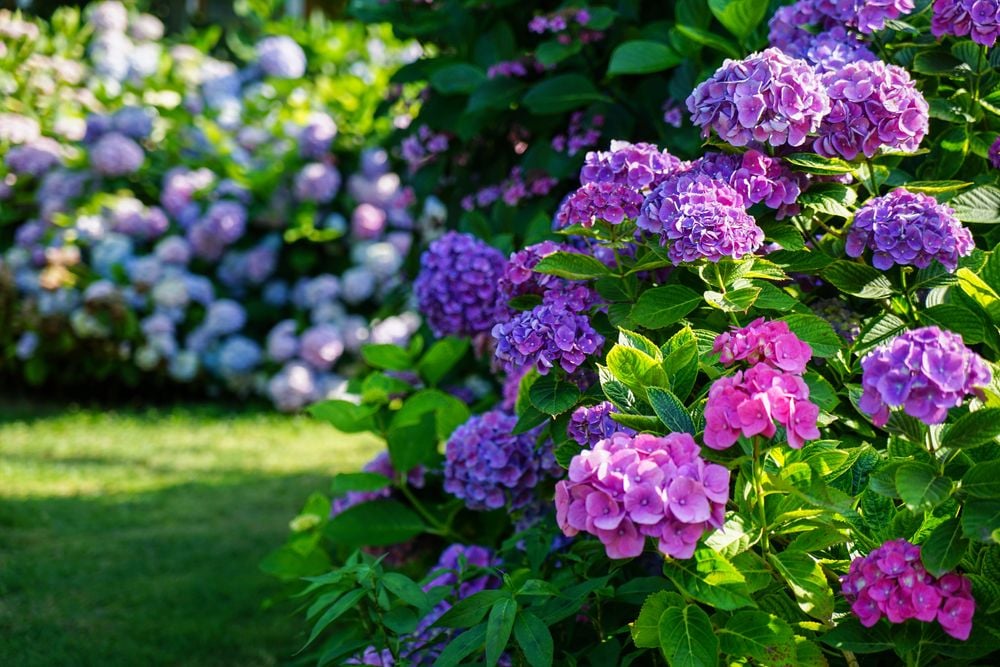
Burl Wood: The Antique Charm Emerging in Modern Homes
- Aug 28, 2025
Anostalgic shift towards biophilia has stirred-up a trend for natural finishes and earth tones in modern homes. Among various wood varieties, one standout is burl wood, a material renowned for its unique, knotty grain patterns.
Burl wood's vintage charm has made it a popular choice for interior designers, not just for its biophilic essence but also for its ability to marry contemporary and vintage touches seamlessly.
Burl wood is derived from those parts of a tree afflicted by injury or disease. This results in timber with a texture that is notably knottier than regular wood. Burl can be sourced from several tree types, like oak, maple, and cherry.
The charm of burl wood lies in its uniqueness. Each slab of burl is different from the other, and this irregularity opens up a world of new design possibilities.
"You never really know what you’re going to get across different sheets of the same material," explains Alex Dilena, Design Director of Parts and Labor Design. "Burl gives nuance, and can really augment a standard form."
According to Dilena, who also serves as Creative Director of Known Work, burl wood is truly enchanting. "It's magic, actually," she says. "In the right setting, it can bring something to life, because it feels so alive itself."

Burl wood's current popularity isn't an overnight phenomenon. It has, in fact, been quietly rising in favor for some time now. Its allure dates back to the 18th century and includes references in both the Art Deco movement and mid-century modern design. During these periods, burl wood had notable fans like design influencers, George Nakashima, Milo Baughman, and Gio Ponti.
Interior and furniture designer, Emily Thurman, too, is fond of this period. She initiated a collection of vintage pieces, designed by Baughman, in the 70s, alongside Thayer Coggin. "Many of those pieces became influential in my own collection, and found their way into client projects," she reveals. "Before the present burl trend, these designs were not widely seen, thus sparking intrigue."
In Thurman's Salt Lake City home, affectionately termed her "shrine to burl wood", she uses burl to either highlight or soften select elements, depending on the variety of burl and how it's exhibited. She uses darkly imposing burl for her living room coffee table, yet opts for subtle burl undertones in her dining room table.
Jenni Kayne echoes this sentiment, stating that "burl wood adds beautiful variation as a natural material, making it stand out, yet feel timeless simultaneously."
Thurman advises employing pieces made with book-matched burl, a mirrored approach, for a statement piece. However, how you choose to decorate with burl wood is ultimately up to you. There's much inspiration from designers like Baughman, Coggin, and others, whose work Thurman drew on for her own home.
Dilena concludes on a fitting note, "burl is like the caviar of any space. It must play the lead role, while everything else supports it."






